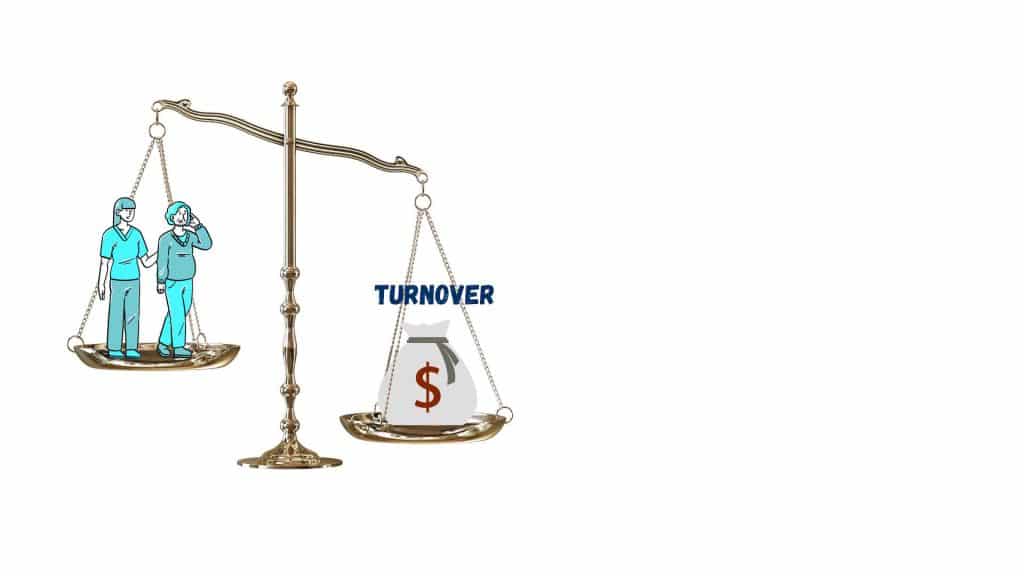The impact of drug diversion in the hospital setting may be likened to a sudden, devastating earthquake that triggers numerous aftershocks.
Consider the fallout once a diversion is revealed:
- Hospital administration may be faced with the grim task of “triage”: alerting patients and their families to the possible harms incurred from healthcare professionals who diverted and tampered with medications.
- Administration must additionally address issues of liability and/or loss of institutional credibility. Each of these will challenge the integrity of the system.
- Around the epicenter (the diverter), a radius of coworkers and directors are also impacted. How each responds will either begin the healing process, or further exacerbate the harm.
The recovery process can start, for example, when team members who witness the diversion go discreetly to administration to voice concerns. Recovery may be hindered, however, if the diverter is enabled or excused. Turning a blind eye to the dangers can be deadly.
If any resulting “cracks in the foundation” are ignored (excusing or enabling the diverter, allowing harm to continue), it will only be a matter of time before the floor gives way. Real harm or even death will come to the patient as well as the diverter.
Counting the Costs
Still, it can be tempting in the face of such “seismic events” to tear up the foundation and discard the affected structures; i.e., “just get rid of the healthcare professional with a substance use disorder (SUD).”
“What if an investment was made to save the struggling healthcare professional? What if they were fully supported through recovery and reintegration?”
And while it’s true that, in certain cases, staff termination may need to occur, what if, instead, an investment was made to save the struggling healthcare professional? What if they were fully supported through recovery and reintegration?
In general, two factors weigh in favor of such a decision:
- The healthcare professional is a hurting person who nevertheless has proven healthcare experience and is otherwise good at their job.
- The healthcare professional/diverter is encouraged and helped to heal, with the goal of eventually returning to help others.
These factors may be weighed on one side of the balance; on the other are the significant costs associated with nurse turnover – and they are often much heavier.

Consider these costs, as surveyed in Becker’s Hospital Review:
1. The average cost of turnover for a staff RN is $52,350, with the range averaging $40,200 to $64,500. This is up from the average cost of turnover for an RN in 2021, which was $46,100.
2. Each percent change in RN turnover will cost or save the average hospital $380,600 per year.
3. Fifty-one percent of respondents said the RN vacancy rate in their hospital tops 15 percent; 5 percent said they have an RN vacancy rate of less than 5 percent.
4. The RN Recruitment Difficulty Index ranges from 61 to 120 days, meaning it essentially takes at least two months or up to four months to recruit an experienced RN. Throughout 2022, all specialties experienced an increase in time-to-fill with the exception of labor and delivery RNs.
5. For every 20 travel RNs eliminated, a hospital can save $3,140,000 on average. Every RN hired saves $157,000.
Clearly, such costs can be a burden to healthcare organizations. But it’s not just money.
While nurse turnover will result in significant, direct costs associated with hiring and training new nurses, other harmful “aftershocks” have also been reported:
- decreased morale among the remaining staff
- reduced patient satisfaction
- higher levels of employee burnout
Meanwhile, studies indicate that nurse recovery rates among states with monitoring programs see success rates range from 48% to 90%. “A conservative estimate is that 750 nurses per month, or 9,000 per year, are reentering the workforce while in recovery from a SUD, equaling nearly the entire combined nursing workforce of Alaska and Wyoming.”
Summary
Nurse turnover is a major issue in healthcare today, costing U.S. hospitals an estimated $3 billion annually.
At Rxpert Solutions, we understand the impact that drug diversion can have on nurse turnover rates for our healthcare clients. Our innovative drug diversion surveillance technology has advanced analytics capabilities, designed to give clients greater insight into their diversion data and enabling them to take proactive steps to identify areas of risk.
As diversion is detected and effectively mitigated, a safer work environment results. Lower turnover rates are produced, which effectively stops the drain on hospital resources.
Additionally, as institutions invest proactively in helping to heal those healthcare professionals who are caught in the grip of substance abuse, they strengthen their staff and promote better patient outcomes.
If you’d like to learn more about how we can help your organization reduce nurse turnover and healthcare costs, while promoting greater patient satisfaction and improved outcomes, give us a call!






